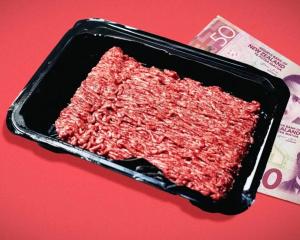
The national flock is back, falling a modest 1% for the year ending June after sharp falls in recent years.
Beef + Lamb New Zealand’s (B+LNZ) stock number survey tracked the small decline and also found beef cattle numbers rose 4.4%.
B+LNZ chairwoman Kate Acland said the survey showed there were reasons for optimism in the sheep and beef sector after recent strong prices, but significant challenges remained.
"We’re seeing rebuilding of stock numbers in several regions after drought and other adverse weather events led to sharper reductions in the last two years. Farmers are getting much better prices and are feeling more confident about shorter-term prospects.”
More trading hoggets helped to keep numbers up, but breeding ewes continue to decline, down nearly 2%.
Mrs Acland said the lower ewe numbers were worrying and the lamb crop was forecast to be 0.6% lower this season — nearly 120,000 head fewer — on top of a 1.2 million reduction in lambs last year.
Continued tight lamb supply should be expected, she said.

She said the government’s goals to double exports by 2034 could not be achieved if some of the best farmland continued to be planted in pine trees.
An increase in beef cattle is from farmers in some areas rebuilding herds following drought in the South Island last year and Cyclone Gabrielle’s effects in the North Island in 2023.
There has also been a continual shift within farming systems from sheep to beef cattle as cattle prices remain high.
Lamb prices were at a 2.5 year high in June at about $190 a head for all grades nationally, according to B+LNZ, and the mutton price had risen from a sharp drop about a year ago to $110.
PGG Wrightson’s offering of store lambs averaged $122, prime lambs $224 and prime ewes $144 at Canterbury Agricultural Park on August 19.
Providing some optimism is the hope that strong wool has turned a corner with most crossbred types on a small gain at the Christchurch auction in mid-August.
The mid-micron market stabilised after prices in the first two auctions got away to a good start with bids for 24 micron wool reaching a clean price of $10 a kilogram.














